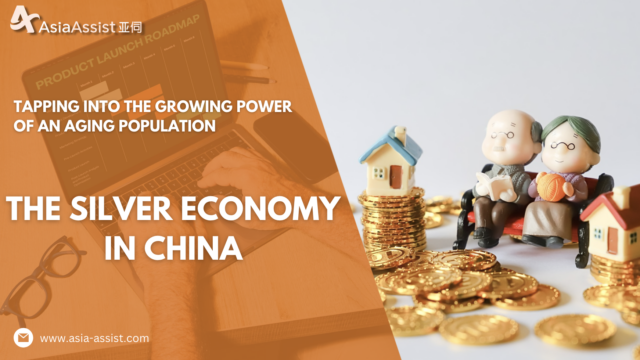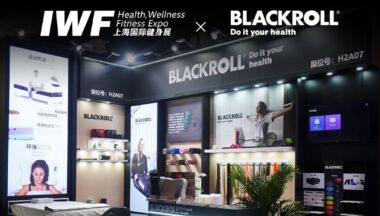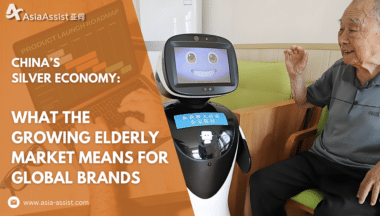The Silver Economy in China: Tapping into the Growing Power of an Aging Population

Introduction: The Silver Tsunami Is Here
China’s demographic shift is not just a statistic—it’s a seismic change in the country’s economy. By 2025, over 300 million people will be aged 60 and above. This is not just a challenge for policymakers and healthcare providers; it’s an opportunity for businesses to tap into an underserved market, where innovation, digital engagement, and personalized experiences are key. Welcome to China’s silver economy—a market with enormous potential.
The Numbers Speak: A Generation with Purchasing Power
Let’s start with the numbers. According to the National Bureau of Statistics of China, in 2020, over 250 million people in China were over the age of 60, accounting for about 18% of the population. By 2030, this number will exceed 300 million—more than the entire population of the United States.
But here’s the kicker: this is not a market of “old, retired people sitting in rocking chairs.” According to a report by iiMedia, seniors aged 60+ now contribute 10% of total national consumption—and that share is expected to grow rapidly in the coming years. With more seniors living independently and remaining in the workforce longer, their spending power is only increasing.
Why the Silver Economy Is Booming
- Rising Disposable Income One of the most surprising trends in China’s silver economy is the rising wealth among the elderly. Decades of rapid economic growth, combined with a culture of saving, have created a significant pool of wealth among older generations. A report by McKinsey found that nearly 25% of China’s savings are held by people over 60. This is a consumer group with significant financial resources, and they are looking to spend.
- Health Is Wealth: A New Focus on Wellness Health and wellness are the cornerstone of China’s silver economy. But this isn’t just about selling vitamins and medication—today’s seniors are looking for ways to maintain an active lifestyle. According to a survey by China National Committee on Aging, 70% of seniors are already engaging in some form of fitness, whether it’s Tai Chi, walking, or even digital fitness classes.
- Technology Is Empowering Seniors Gone are the days when seniors were considered “digital immigrants.” Today, over 60% of seniors in China are actively using smartphones, and many are shopping online, booking health appointments, and connecting with family members on social media platforms like WeChat and Douyin. The rise of smart technologies—like voice-activated assistants, health trackers, and even robot caregivers—means that seniors are more connected and empowered than ever before.
- Policy and Market Trends Align The Chinese government is backing this shift with a series of policies aimed at supporting elderly care and promoting active aging. Under the “Healthy China 2030” plan, the government is investing heavily in senior health services, creating incentives for businesses to innovate in this space. This policy alignment is creating a fertile ground for businesses to enter the silver economy with the support of both public and private sectors.
How Seniors Are Spending: Key Categories to Watch
- Healthcare and Wellness Products With health being a priority, products like wearable health devices, smart pill dispensers, and personalized health supplements are seeing huge demand. Alibaba Health reports that sales of senior health products on their platform have grown by 30% annually over the past five years. Whether it’s seniors seeking to monitor their heart health or simply stay active with fitness wearables, the market is thriving.
- Travel and Leisure: The Golden Years of Exploration China’s seniors are eager to explore the world, and they’re spending more on travel than ever before. Senior tourism is a booming market, with many travel agencies and destinations designing tailored experiences for older travelers. According to a report by China Tourism Academy, 20% of China’s senior population travels at least once a year, often preferring slower, more leisurely travel experiences that cater to their needs.
- Smart Home and Assisted Living Solutions Aging in place is a priority for many Chinese seniors, and as a result, there is a growing demand for smart home technologies that enhance safety and convenience. Whether it’s fall detection systems, voice-controlled appliances, or health-monitoring systems, products designed to improve the daily lives of seniors are becoming mainstream.
- Financial Services: Planning for the Future Financial security is a major concern for seniors, and as a result, the demand for personalized financial products—such as retirement plans, insurance, and wealth management services—is skyrocketing. Banks and financial institutions are beginning to offer services tailored to the needs of seniors, helping them manage their savings and investments while ensuring that their financial future remains secure.
How Can Brands Tap Into the Silver Economy?
- Personalized, Trust-Based Marketing Seniors value trust and reliability. Brands that want to succeed in the silver economy need to create personalized, straightforward experiences that prioritize clarity and ease of use. Senior consumers are more likely to engage with brands that provide value, offer personalized solutions, and build long-term relationships.
- Embrace Digital Transformation The silver generation is becoming increasingly tech-savvy, so brands must ensure their digital presence is easy to navigate and senior-friendly. Websites, apps, and e-commerce platforms should offer larger fonts, clearer navigation, and simple user interfaces. Moreover, engaging with seniors on WeChat and Douyin can help brands build a loyal customer base.
- Create Senior-Centric Products and Services Brands should think about how to design products that meet the specific needs of seniors. This could mean offering easy-to-use gadgets, health-related services, or even developing senior-specific travel packages or fitness programs. Understanding the aspirations of this market—active aging, wellness, and digital inclusion—is key to creating products that resonate.
Conclusion: The Age of Opportunity
The silver economy in China is not just a trend—it’s a transformative shift that businesses cannot afford to ignore. With a growing, affluent, and digitally engaged elderly population, the opportunities are vast. By focusing on health, technology, and personalized services, brands can position themselves as leaders in this fast-growing market and build strong relationships with one of China’s most influential consumer segments.
As the silver wave sweeps across China, are you ready to ride it?



